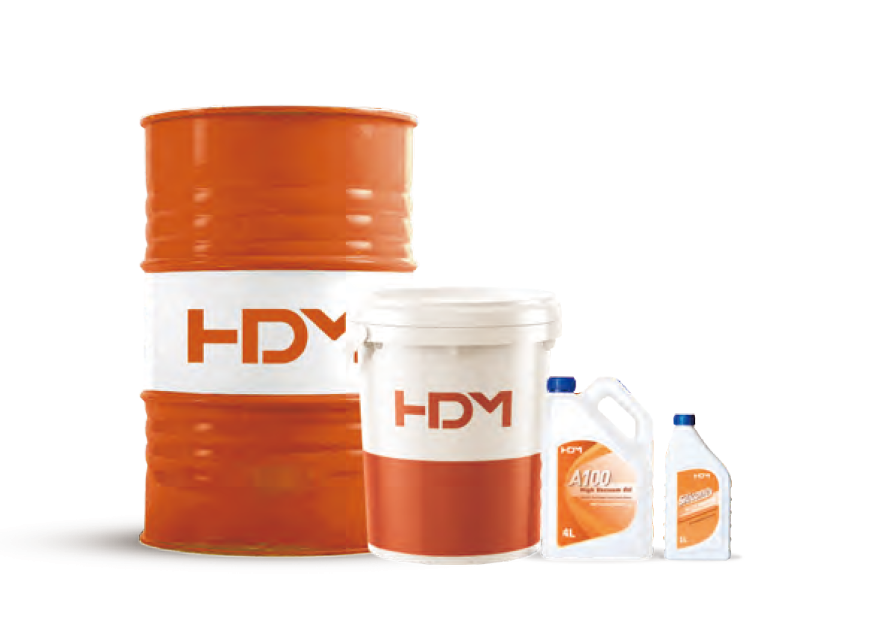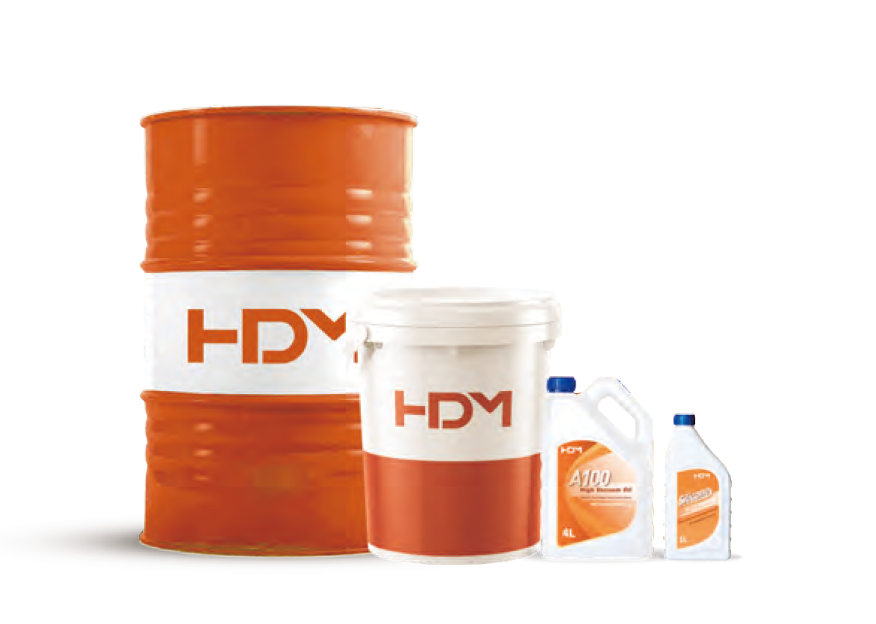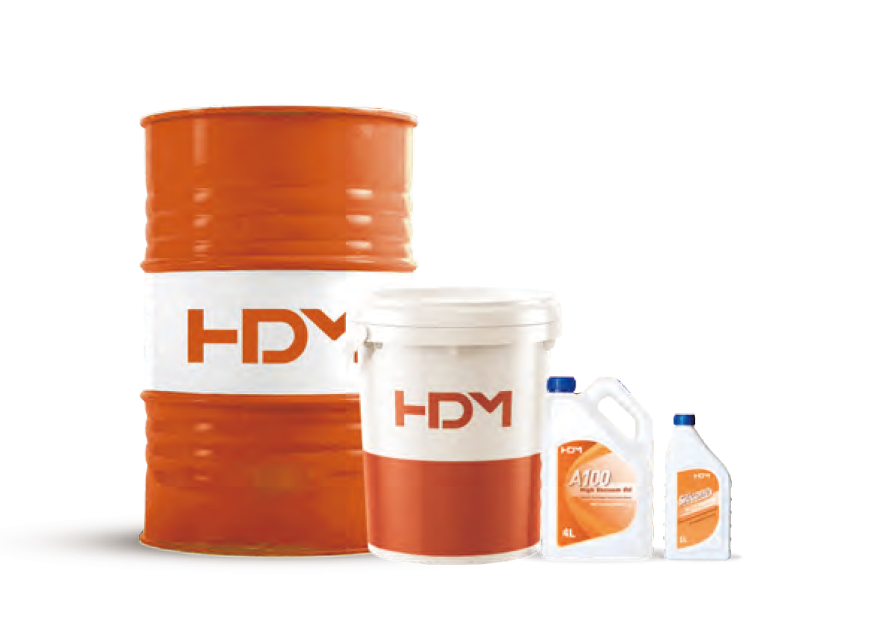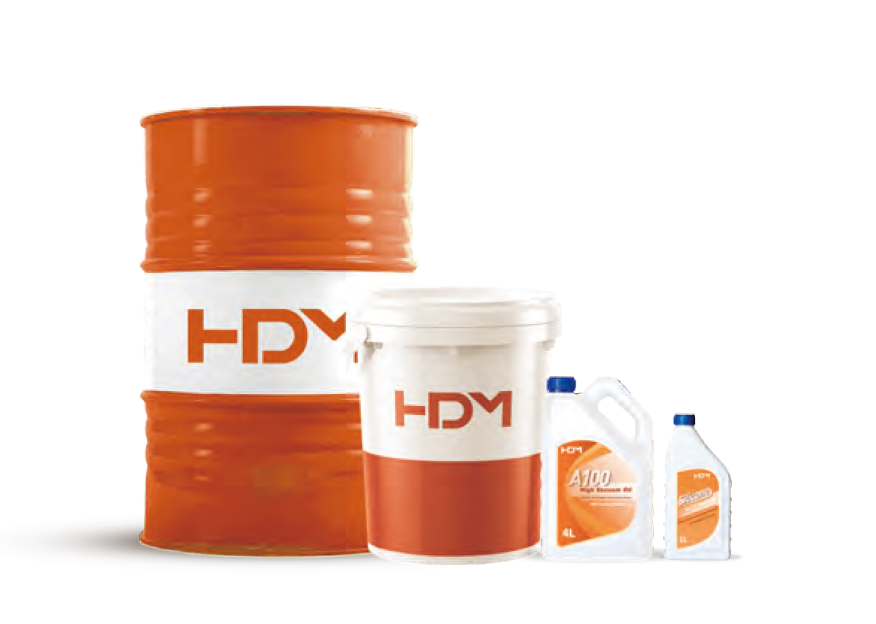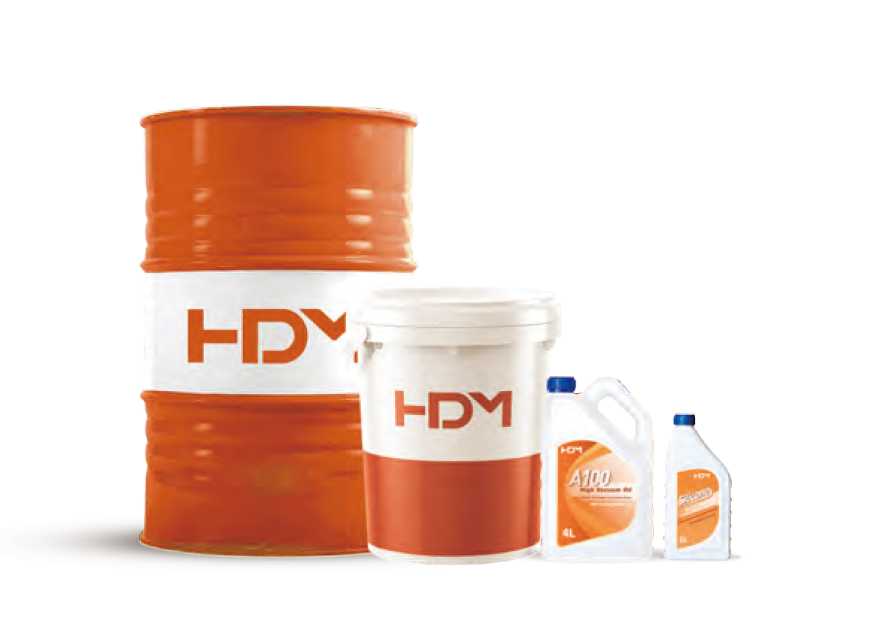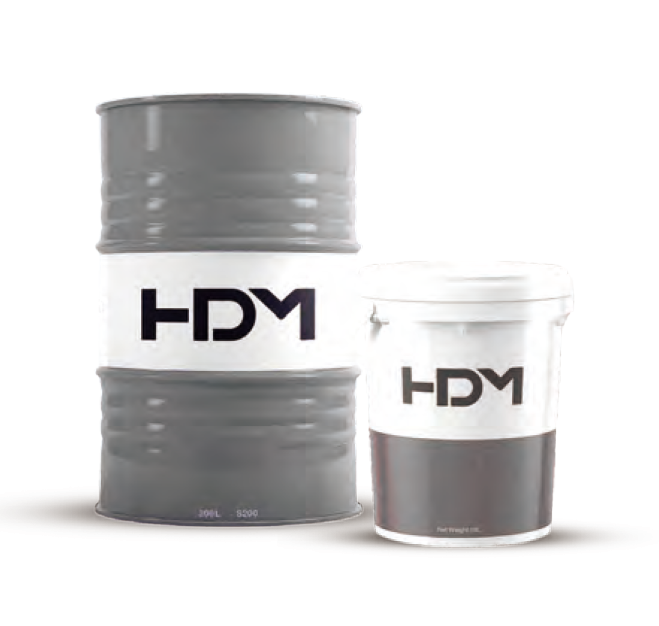
Nitration is the undesirable degradation of engine oils that occurs in low oxygen environments. It causes deposits to form and eventually leads to poor engine performance and damage to engine parts. Learn how to detect, avoid and resolve nitrification problems in gas engines.
Nitrification is a form of oil degradation in stationary gas engines caused by the reaction of the oil with gaseous NOx produced during combustion.
How Nitrification Occurs in Gas Engines
The high temperatures of gas engine operation cause atmospheric nitrogen (N2) and oxygen (O2) to react to form nitrous oxide (NOx). Nitration occurs when oil becomes saturated with soluble and/or insoluble nitrogen oxide compounds.
When base oils react with nitrogen, two types of nitrogen compounds are formed:
- Organic nitrates: When the engine is running, the oil lubricates the cylinder walls and is removed by the scraper rings. These components reach the crankcase where they form sludge and varnish. When the saturation point is reached, they fall off, forming organic nitrates.
- Nitro compounds: These components are formed due to piston blow-by, exhaust gas leaking into the oil, leaking turbo seals, lack of oil...
How to detect and solve the source of nitration in gas engine oil?
It is important to detect and address nitrification at an early stage to avoid loss of performance or engine damage.
Visual inspection of the rocker arm and valve assembly areas as well as the engine's piston skirts is an easy way to detect nitrification. If you detect amber to maroon deposits, you may have to deal with nitrification.
Noticeable changes in performance indicators such as abnormal fuel consumption, reduced engine performance, or shortened filter life may also indicate a possible nitration problem.
Factors Affecting Nitrification in Gas Engine Oil
There are many possible causes of nitration in gas engine oils. Consider the following factors to detect and avoid nitrification:
- Crankcase ventilation: By improving the ventilation of the crankcase, it is possible to avoid contact of nitrogen oxides with the oil.
- Cylinder wall temperature: Organic nitrates are mainly formed on the oil layer on the cylinder wall. Nitrification usually occurs at lower cylinder wall temperatures.
- Piston ring seals: Poor piston ring seals allow combustion gases to escape into the crankcase. This increases the formation of nitro compounds.
- Oil sump temperature: Blow-by air into the sump can cause NOx to react with the oil. The chance of nitrification increases at lower sump temperatures.
- Base oil type: base oil with saturated hydrocarbon structure, such as hydrogenated group II base oil and hydrocracked group III base oil, not easy to nitrate.
How to Avoid Nitration Problems in Gas Engines
The best way to protect your gas engine from the effects of nitration is to perform regular oil analysis.
Another way to avoid nitration problems is to have regular maintenance and accurate inspections of your gas engine. With our endoscopy service, we use optical instruments to inspect most components of your gas engine without downtime. The results allow early identification of any damage or malfunction.
Using the correct gas engine oil is key to avoiding nitration. HDM gas engine oil is based on Group II and III base oils and has good natural resistance to nitration. HDM's CleanTech chemistry reduces the negative effects of nitrification, for example by preventing acidity build-up.


